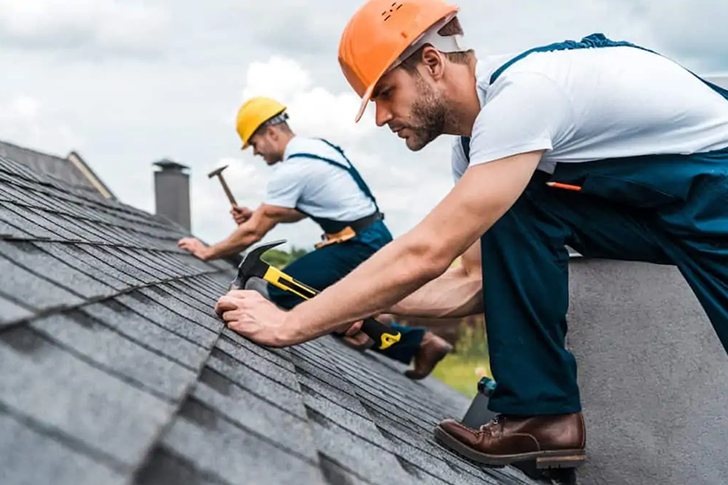When it comes to maintaining the integrity of your home, ensuring that your roof is in top condition is crucial. A sturdy roof protects your home from the elements, contributes to its overall energy efficiency, and enhances its curb appeal. However, diagnosing whether your roof needs repairs or a complete replacement can be a challenging task. Additionally, selecting the right materials and contractors for a new roof can further complicate the process. This article will guide you through both deciding if a roof repair or replacement is necessary and choosing the best options for a new roof.
How to Determine if Your Roof Requires Repair or Replacement and Selection Tips for a New Roof

Determining Whether to Repair or Replace Your Roof
First, assess the age of your roof. Most roofs are designed to last between 20 to 30 years, depending on the material. If your roof is approaching this age range, replacement might be a more cost-effective solution in the long run. On the other hand, if your roof is relatively new but has sustained localized damage due to a storm or fallen debris, repairs may suffice.
Next, conduct a thorough inspection—or hire a professional to do so. Look for signs such as missing shingles, leaks, mold growth, or a sagging roof deck. Water stains on your ceilings or walls and visible light through the roof in your attic are clear indicators that your roof may have serious issues. If the damage is extensive, replacing your roof might be necessary to protect your home’s structure and prevent further interior damage.
Consider the costs involved. A full roof replacement is undoubtedly a larger upfront investment—costing between $5,000 and $10,000 on average—while repairs might range from a few hundred to a few thousand dollars depending on the extent of the damage. However, ongoing repairs can add up, especially if the roof is at the end of its lifespan.
Financial and Environmental Impact of Repair vs. Replacement
Economic factors play a significant role in deciding whether to repair or replace a roof. While repairs are generally less expensive upfront, repeated fixes can be costly over time. In contrast, a new roof offers better energy efficiency, which can reduce heating and cooling costs by up to 15%, according to Energy Star. Additionally, modern roofing materials often come with improved eco-friendly properties, contributing to a reduced carbon footprint.
Selection Tips for a New Roof
Once you’ve decided to replace your roof, choosing the right materials and contractor is next. Start with selecting the material that suits your climate and aesthetic preferences. Asphalt shingles are by far the most popular due to their cost-effectiveness and ease of installation, but metal, tile, and slate are also valuable options, each offering distinctive benefits in durability and style.
When selecting a roofing material, also consider its lifespan, maintenance requirements, and warranty. For example, asphalt shingles typically last 20 to 30 years and often come with a warranty that matches that lifespan. Metal roofs, on the other hand, can last even longer, up to 50 years, and are highly resistant to harsh weather conditions.
Choosing a qualified contractor is equally important as selecting the type of roofing. Look for licensed and insured contractors with solid references and a good reputation. Check online reviews and consult with local trade associations to ensure the contractor has a legitimate background. It’s advisable to get quotes from several contractors to compare prices, understanding that the cheapest option may not always offer the best value.
Preparing for Roof Replacement
Before the installation of a new roof begins, prepare your home and property. This might include trimming trees around your home, covering landscaping around your house to protect from debris, and removing loose items from walls and shelves inside your home as the work could cause vibrations.
Roof replacement or repair is a significant home improvement task that should not be taken lightly. A well-chosen roof protects your property and can enhance your home’s energy efficiency and aesthetic appeal. By carefully assessing the need for repair versus replacement and meticulously selecting your materials and contractor, you can ensure that your roofing project is successful and beneficial in the long term.







Recent Comments